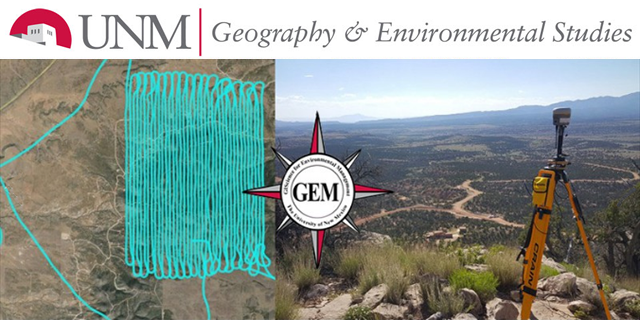
Geography ETDs
Publication Date
Spring 4-14-2017
Abstract
Concerns about water have been at the forefront of public conversation over the last few years, in no small part driven by situations like the drought in California. The drought prompted cities like Los Angeles to turn off public fountains, even though fountains have a very low resource impact. This interaction is more about what a fountain represents; particularly in dry regions, fountains have been used to display power, affluence, and social importance. It has been researched and is now taken for granted that public fountains are a public good, improving microclimates, reducing stress, and adding to the overall quality of a landscape. However, there has been little research done on understanding the experience of people who utilize fountain spaces, or how this is impacted by their social understanding of what those fountains represent. My research explores this relationship in order to better understand the role and value of fountains in modern society. My findings indicate three primary values are attached to fountains: a proxy for nature, an aesthetic landscape feature, or a site of relaxation. Fountains may evoke different values in green space versus urban contexts, and future work is needed at a broader range of locations.
Degree Name
Geography
Department Name
Geography
Level of Degree
Masters
First Committee Member (Chair)
K. Maria D. Lane
Second Committee Member
Melinda Harm Benson
Third Committee Member
John Fleck
Document Type
Thesis
Language
English
Keywords
water, fountain, denver, albuquerque, landscape, qualitative research
Recommended Citation
L, Susanna Diller. "HUMAN EXPERIENCE OF FOUNTAIN SPACES IN DENVER AND ALBUQUERQUE." (2017). https://digitalrepository.unm.edu/geog_etds/34


